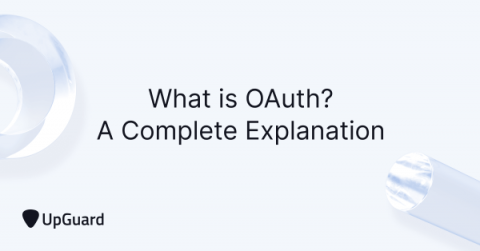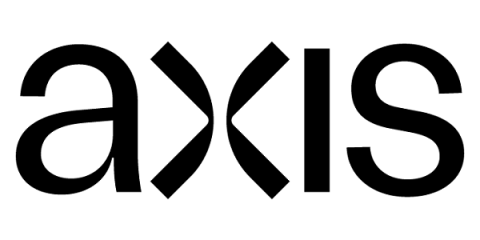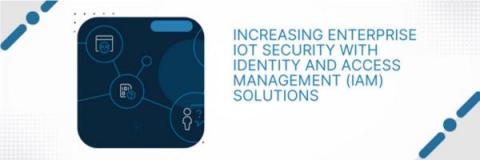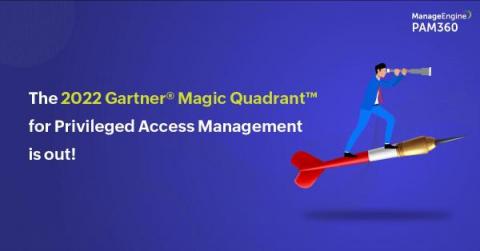Security | Threat Detection | Cyberattacks | DevSecOps | Compliance
Access Management
What is OAuth? A Complete Explanation
OAuth (pronounced "oh-auth”) is an authorization framework that allows an application to request “secure delegated access” to third-party systems on behalf of the apps’ users or the “resource owner.” Simply put, with OAuth, users can grant websites and applications access to their information on other websites without providing important credentials like passwords. OAuth stands for "Open Authorization”.
Axis Named Best Security Innovation in a SaaS Product by SaaS Awards for Its Unique Approach to Security Service Edge
Passwordless Authentication with Windows Hello for Business
Passwords are everywhere — and nobody likes them. For users, they are a pain to remember and manage. For businesses, they continue to be a primary source of data breaches, both on premises and in the cloud. In fact, the 2022 Verizon DBIR reports that credential theft was involved in nearly half of all cyberattacks, including third-party breaches, phishing attacks and basic web application attacks.
Increasing Enterprise IoT Security with Identity and Access Management (IAM) Solutions
Internet of things (IoT) application and rollout has been rapid, disrupting and streamlining processes in a variety of industries, However, it has created a situation where “today’s IoT security is lightweight compared to enterprise application security” , creating a need for IoT security solutions than many of the insufficient and fragmented options.
Top 4 Access-Control-Allow Methods
If you’re an IT manager or business owner, chances are external security is always top of your mind. But lately, managing access control of documents for employees has become just as necessary to limit access to information and information processing systems. While cybersecurity breaches are a menacing threat, internal security problems can be equally devastating, making access control measures necessary to mitigate the risk of access without authorization.
[PAM Masterclass] Episode 5: Exploring PAM360's contextual integrations
ManageEngine is positioned as a Niche Player in 2022 Gartner Magic Quadrant for Privileged Access Management
We’re elated to announce that ManageEngine has been recognized in the 2022 Gartner® Magic Quadrant™ for Privileged Access Management.
ManageEngine Positioned in 2022 Gartner® Magic Quadrant for Unified Endpoint Management Tools and Magic Quadrant for Privileged Access Management
What is Privileged Access Management (PAM)? Explained
Privileged access management is a package of cybersecurity strategies and access management tools used for controlling, monitoring, and safeguarding users with privileged access permissions. PAM is widely regarded by analysts and IT teams as a valuable and critical cybersecurity platform, as it's able to achieve high-security ROI.











